
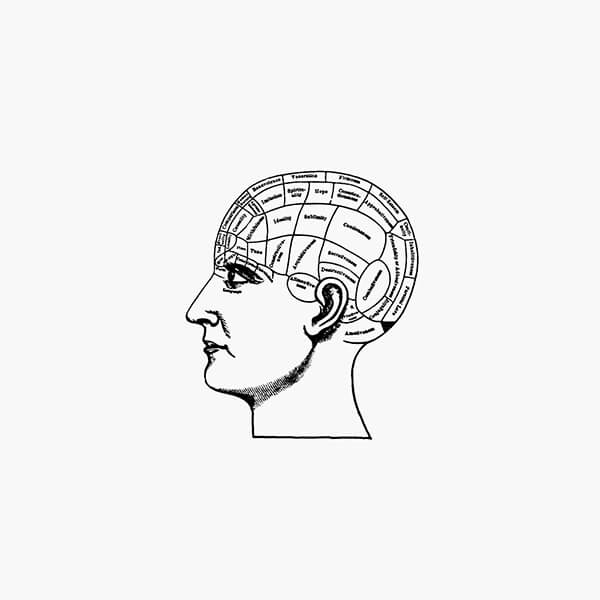


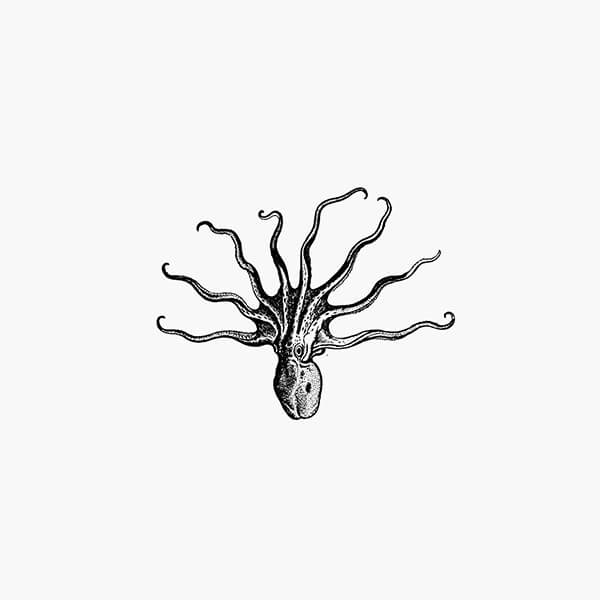


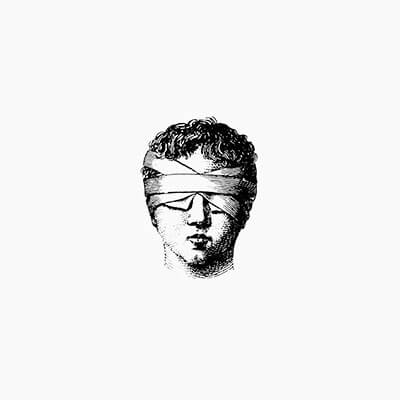







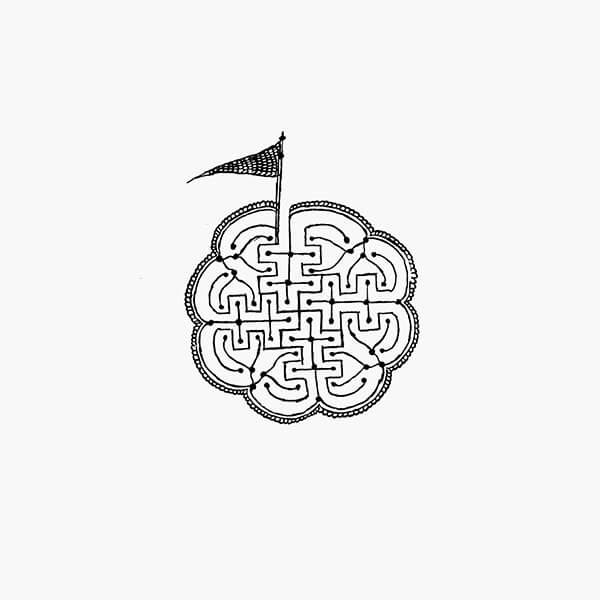




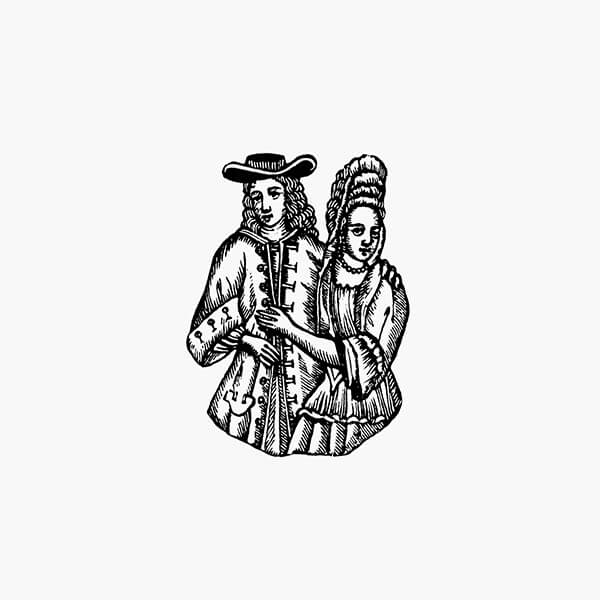
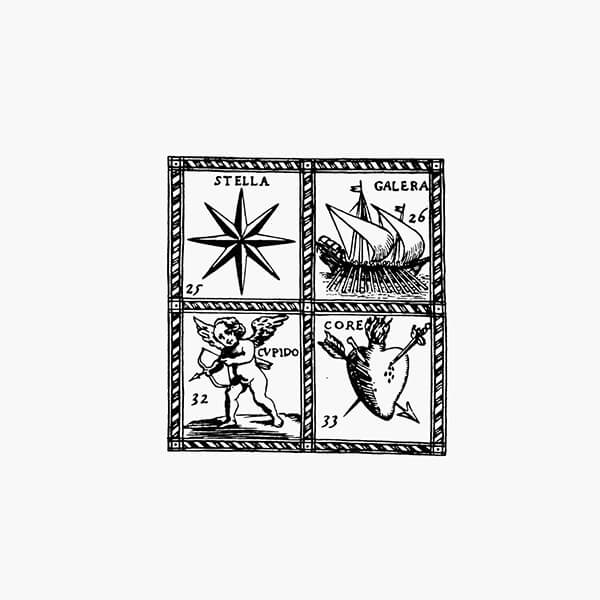






Le Guide Impossibili
5584 Yuan-Min-Yuan
ovvero i Gesuiti a Pechino
Edited by Gianni Guadalupi. Texts by Padre de Tartre, Padre de Fontenay, Padre Matteo Ripa, Padre Antoine Gaubil, Padre Jean-Denis Attiret, Padre Amiot, Padre Ventavon, Padre Benoit
2000 / 288 PAGES.
Language: Italian
18th-century China as seen by the pious, curious and learned missionaries who captivated the great emperor Kangxi with their knowledge and built the (long-since destroyed) Summer Palace for him.
The extraordinary tale of the Jesuit missions in China, which took off with Matteo Ricci’s adventurous yet successful overtures, was marked right from the start by a cultural exchange wherein the missionaries’ aim was to astound the emperor and notables by spreading their vast knowledge in the scientific, technical, artistic fields (and more).
In Europe, on the other hand, in the first half of the 18th century China was admired and studied (again thanks to the Jesuits) as a sort of philosophical empire governed by enlightened princes and a learned bureaucracy of scholars.
Thus, the excerpts chosen from the collection of Lettres édifiantes et curieuses published here tell the story of this tangled web, crowned by the story of the architectural quirks of Yuanmingyuan (the Summer Palace) built by the Jesuits, who so impressed the emperor that they were guaranteed safety rather than persecution. The volume is further enriched by a series of illustrations – a compact ethnographic encyclopedia by images depicting the peoples of the Celestial Empire.